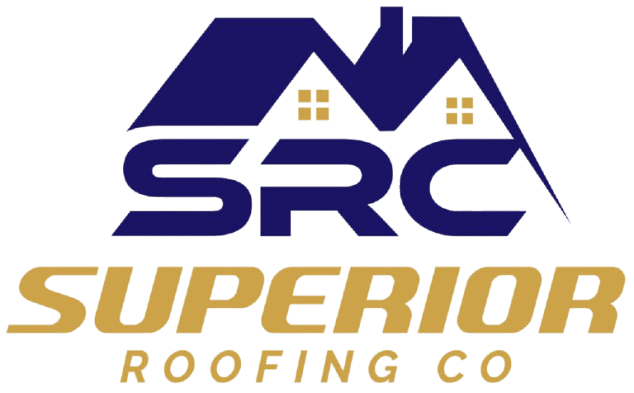Roof flashing is a thin, waterproof material installed around areas where a roof meets a vertical surface, such as a chimney, vent pipe, or wall. It’s a crucial component of any roofing system, as it helps to prevent water from entering your home and causing damage to your roof and interior.
Why is Roof Flashing Important?
- Protects against leaks: Flashing creates a watertight seal around vulnerable areas of your roof, preventing water from seeping into your home.
- Extends the life of your roof: Proper flashing installation can significantly extend the lifespan of your roofing materials by protecting them from water damage.
- Improves your home’s curb appeal: Well-installed flashing can enhance the overall appearance of your home.
Types of Roof Flashing
There are several types of roof flashing, each designed for specific applications:
- Step flashing: Used around vertical surfaces like chimneys and walls.
- Counter flashing: Installed on the vertical surface to overlap and seal the top of the step flashing.
- Valley flashing: Placed in the valleys where two roof slopes intersect.
- Apron flashing: Used at the base of vertical surfaces, such as chimneys and walls.
Superior Roofing Company: Your Trusted Roofing Experts
If you’re looking for expert roof flashing installation or repair, Superior Roofing Company is the right choice. Our skilled technicians have the knowledge and experience to ensure that your roof is properly protected from the elements.
Contact Superior Roofing Company today for a free estimate and to learn more about how we can help you protect your home.
Additional SEO Tips:
- Optimize your images: Use descriptive file names and alt text for your images.
- Build backlinks: Get other websites to link to your blog post to improve your search engine ranking.
- Promote your blog post on social media: Share your post on platforms like Twitter, Facebook, and LinkedIn.
- Use internal linking: Link to other relevant pages on your website to improve navigation and SEO.
- Monitor your website’s performance: Use Google Analytics to track your website’s traffic and identify areas for improvement.
___________________
Related Posts
Metal Roofing Pros and Cons in Duluth, MN
Standing Seam vs Corrugated Metal Roofs
Copper Roof Installation in Duluth, MN

